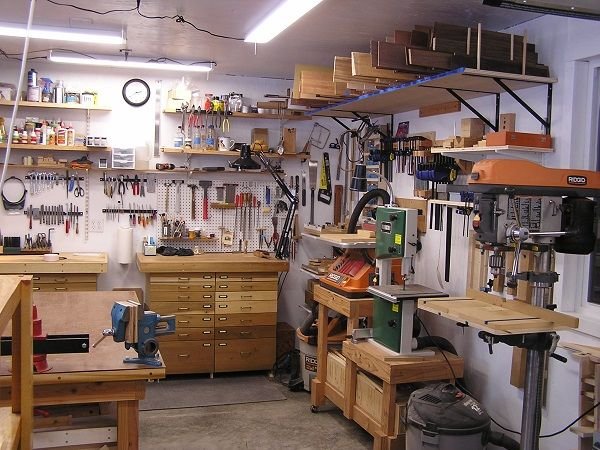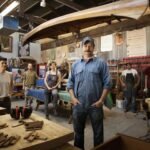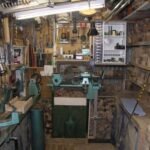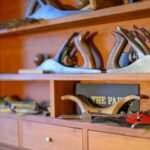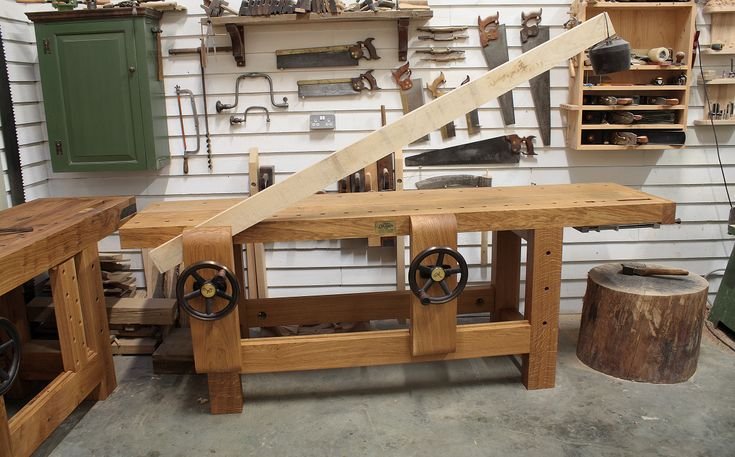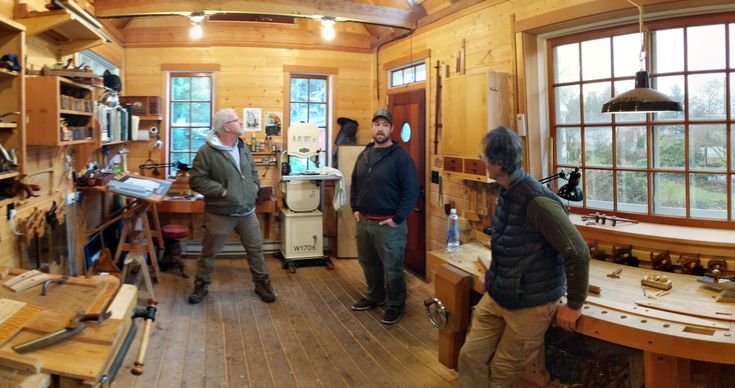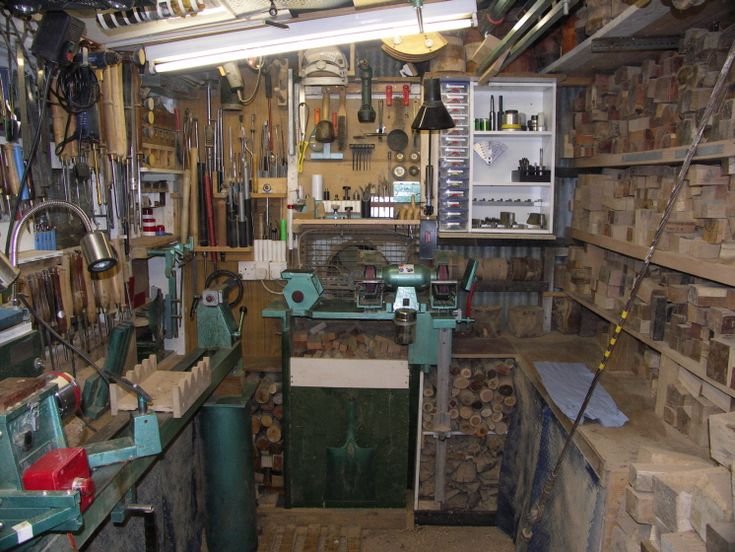Coffee, Wood, and Old Memories
You know that feeling when you step into your garage, and the scent of sawdust just hits you? It’s like breathing in a bit of nostalgia wrapped around pine wood and a hint of varnish. I was sitting there the other day, letting the woodsy aroma wash over me, and I thought about all the times I’ve messed things up. Woodworking, especially in an old camp like mine, can be a roller coaster of emotions.
So, let me share a little tale about a project that took an unexpected turn—one that taught me more than I ever thought I’d learn from just a few scraps of wood.
The Plan
I had this grand vision, you see. I wanted to build a rustic coffee table to match my old couch. I had this image in my mind, clear as day: a sturdy piece of furniture, nothing fancy but just the right mix of rough edges and smooth surfaces. I was thinking about using some of that reclaimed oak from a barn down the road. I’d visited the place before, and boy, did that wood have stories to tell. The gray, weathered planks reeked of history, and the knots made me think of the lives lived around it.
That morning, I got my tools all lined up—my trusty miter saw, a stout orbital sander, and clamps, because, oh boy, you can’t skip the clamps unless you want your project to go sideways. I even set up my portable radio for some old-school country tunes to keep the vibe going.
The First Misstep
Now, here’s where it got interesting. I started cutting those oak planks, and to my horror, I realized a bit too late that my measurements were off! I was halfway through the first cut when I noticed I’d misread the dimensions. One of those “measure twice, cut once” lessons I’ve heard a thousand times but never quite internalized.
For a moment, I thought about throwing in the towel. I could hear my old man’s voice in my head: “It’s just wood, son. You make mistakes, you start over.” But then that little flame of stubbornness kicked in, the one that said, “Nah, you’ll figure it out.” So I took a deep breath and let out a laugh at my own foolishness. I salvaged the pieces, turning what should have been the tabletop into two side pieces instead.
Finding My Groove
As I kept going, I discovered that working with reclaimed wood is like trying to tame a wild horse. You don’t really know what you’re getting into until you start seeing the grain. Some parts were rough, others had beautiful patterns that just begged to be highlighted. When I sanded it down with my orbital sander, the smell of the wood was something else. I swear, I could’ve bottled that scent.
And then, you know how you have those magical moments? When everything seems to just fall into place? Well, after all that mess with the measuring, I started glueing those pieces together. I made sure to use Titebond III; it’s the real deal. That stuff holds up like a champ against the elements. I felt a swell of pride as I tightened the clamps, feeling optimistic for the first time that day. I thought, “Maybe this coffee table thing might actually work!”
The Unraveling
But, of course, nothing is ever that simple, right? After a few hours, I started noticing that the glue was acting all funny. I didn’t know if it was the humidity or what, but the pieces weren’t sticking right. I could almost hear the wood sighing under pressure.
It was frustrating, let me tell you. I almost gave up at that point, ready to just scrap the whole thing. Maybe just toss the wood in the fire pit and call it a day. But then I remembered once hearing someone say, “If you’re trying to make something worth keeping, you’ve got to weather the storms.” So I let the glue cure overnight and crossed my fingers.
The Final Touches
Next day, with a cup of coffee in one hand, I approached my project with fresh eyes. Miraculously, the glue had held, and I could feel a sense of accomplishment brewing inside me. After some final sanding and a coat of walnut stain, it all came together. My heart raced a little as I stepped back to look. It was rough around the edges—literally and metaphorically—but it had character.
I can still remember the moment I placed it in the living room, set my coffee mug down on it, and felt that sense of “this is mine.” I laughed thinking about all the doubts I had along the way. Sometimes, it’s the messes and the wrong cuts that give us stories worth telling.
A Warm Takeaway
So, if you’re sitting there, maybe just thinking about trying your hand at woodworking or anything really, just go for it. Mess it up, laugh about it, and learn from it. Those imperfect projects are probably the ones that mean the most—they are a testament to trying, failing, and trying again. And trust me, you’ll end up with more stories and maybe a coffee table that holds more than just mugs—it’ll hold memories too.

